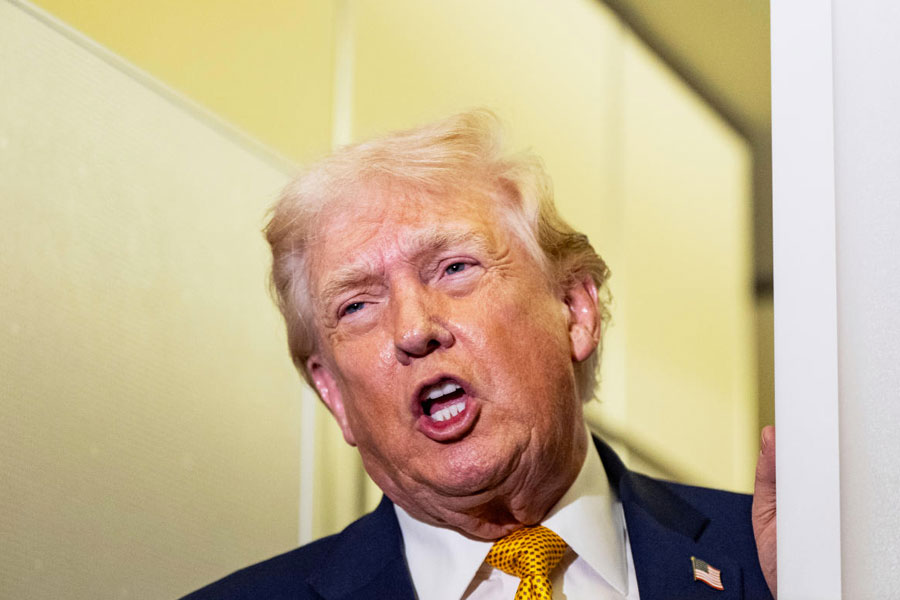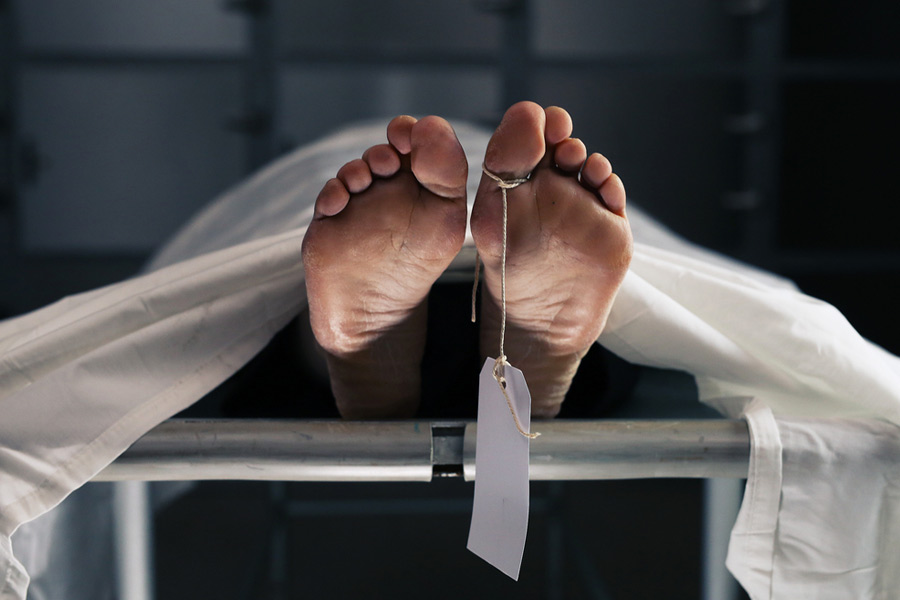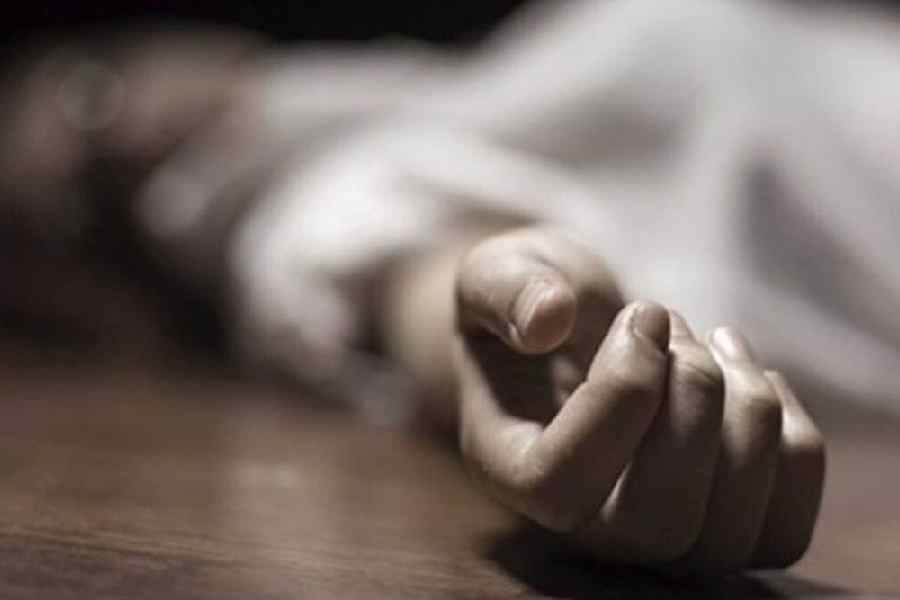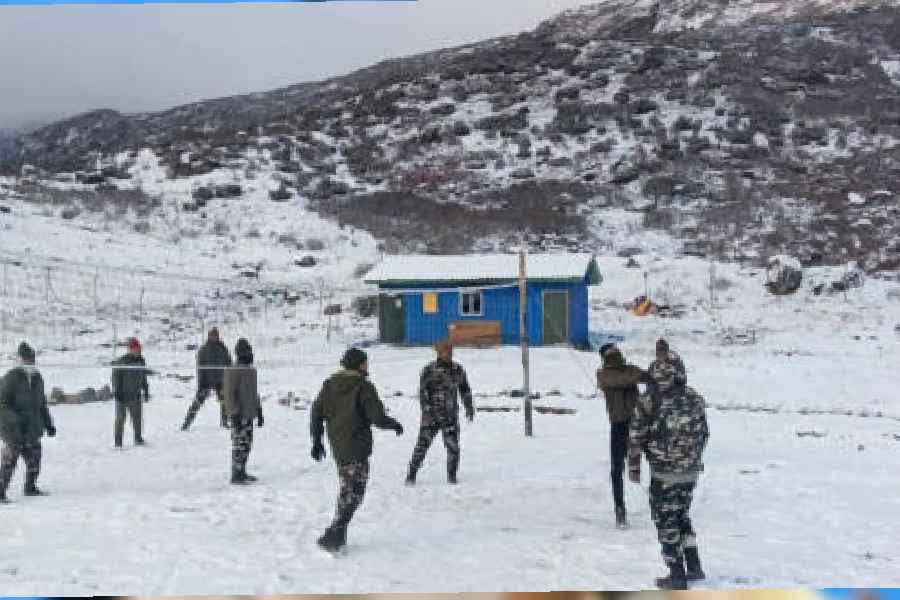Without police and judicial reform, the December 16 rape convictions may remain a unique result of public outrage and pressure mounted by the women’s movement.
Normally, rape cases take six to eight years to come to trial. There are more than 90,000 rape cases pending trial as I write this. For those that finally come to trial, the conviction rate is below 4 per cent. In fact, the same judge who has convicted the rapists this time has acquitted charged rapists in all the other 32 rape cases that he has tried.
Imagine the suffering contained in those statistics.
The collusion between the police and judiciary is what creates the culture of impunity in which rape thrives in India. And that is why, in spite of stricter laws, sexual assaults continue unabated. Just the other day, a woman was raped in front of her children at home in a village in Bengal.
The court has not resolved issues related to the role of the police even in this (Delhi) case. For instance, we have yet to find out what punishment has been meted out to the two policemen patrolling the area where the unlicensed driver was driving a big public bus during unlicensed hours, which was when the crime was committed.
Is it true, as rumoured, that this bus was a mobile brothel in which police collaborated and that the unsuspecting victim boarded what she thought was a real bus? Or what has happened to the police on duty in Tihar jail, India’s maximum-security prison, when the prime suspect, Ram Singh, “committed suicide?” Was that the elimination of a witness to police culpability?
Despite the huge media scrutiny and public pressure, the names of policemen on duty in the area at the time of the crime were not revealed till Delhi High Court issued a direct threat.
The same thing happened last month in the case of a five-year-old girl who was raped in a Delhi slum. The police had offered hush money to the family. Three officers were suspended, but no further action was taken against them.
In Calcutta, a few months ago, women protesting the lack of action on the rape of a girl were held up and kept in a lock-up for hours.
Of the 61,765 complaints received in 2011 against the Indian police, only 913 were sent to trial or chargesheeted, and only 47 police personnel were found guilty after trial. Even in these cases — which were a mere 0.07 per cent of the total complaints — the punishments have been very light — for instance, reprimands and transfers — compared to the gravity of such police excesses as death by police shootings or rapes in police custody.
A colonial British Raj had designed the Indian Police Act of 1861, just after the First War of Independence of 1857, to establish authority over subjects, not to help citizens access justice. In fact, the act was designed to excuse, cover up and justify police excesses rather than hold the police accountable. Tragically, 65 years after Independence, the police acts enacted by various state governments, and the rules laid down in state police manuals, continue to uphold the British Raj model and have little room for accountability.
Even today, the government needs to give prior sanction to the prosecution of any public servant, including police officials, for any act done in the discharge of their official duty as per Section 132 and 197 of the Code of Criminal Procedure.
Cronyism, political interest and corruption all contribute to government officers not sanctioning requests for investigation against their own. What is even more vexing is the fact that only a police department is allowed to conduct an inquiry against a police officer. The investigating officers often suppress incidents of misconduct by individual policemen (because the revelation of the facts could damage the image of the organisation).
Needless to say, the process of conducting a departmental inquiry is elaborate, cumbersome and time-consuming. Even if the charges are proved, the delinquent police officer can, and generally does, go to court against the findings and the punishment imposed.
The maximum number of police atrocities are committed in small towns and villages of India, where people are less aware of the process; nor do they have the means to tenaciously fight a case against powerful police officials.
My own work as the founder of Apne Aap, an anti-human trafficking organisation, has shown me time and again the difficulties in challenging the police, or trying to hold them responsible for crimes committed even against children.
Over a period of 20 years, I have tried to get police officers patrolling the red-light districts of Mumbai, Delhi, Calcutta and Bihar to arrest traffickers and protect trafficked women and girls. Again and again, they have done the opposite. They have protected the traffickers and arrested the women.
A number of commissions and committees — from the Padmanabhaiah Committee to the Soli Sorabjee Committee — have been set up to reform the colonial Police Act of 1861. The Justice Verma Committee in the aftermath of the Delhi gang rape case did recommend reforms to the police and judicial system in cases of rape.
While the law in terms of the severity of the punishment has been made stronger — including the death penalty, something that women’s groups opposed — the chapter on police and judicial reform remains only on paper.
One thing that would go a long way in reducing rapes would be police reform that includes a presumption of complicity of the superior officer if disciplinary action is not taken against a subordinate for an act of commission or omission.
Many in the women’s movement are against the death sentence, both in principle and because the sureness of punishment is more likely to deter a rapist than the severity.
•










